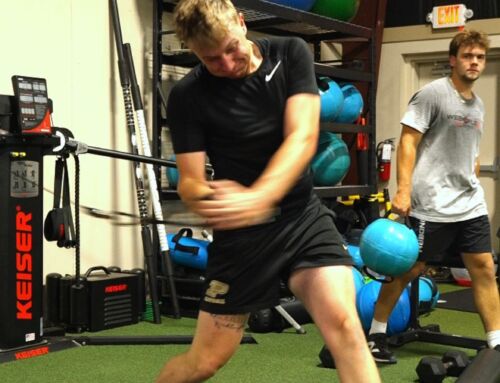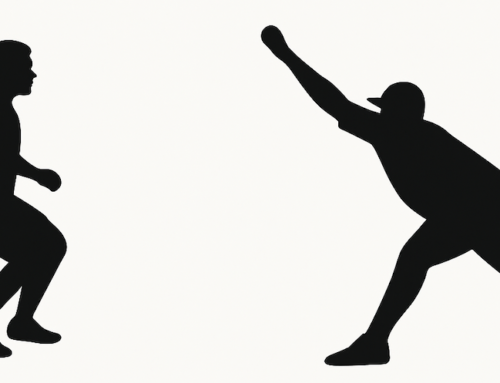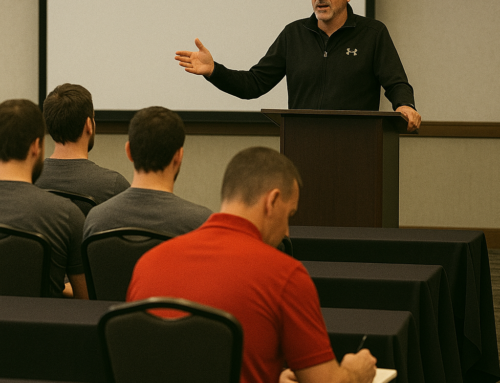I Do Nothing!… NOTHING!! (The Lead Leg)
When I was a kid, I used to love to watch a TV show called Hogan’s Heroes.
My favorite character was a bumbling, overweight prison guard named Sgt. Schultz.
I think of him often when I consider the role of the stride leg in the pitching delivery (weird, huh?)
See, around here the only time we talk about stride is to say that we never talk about stride.
Guys manage their stride legs in different ways, and honestly, we don’t care. In an efficient delivery, the only thing the stride leg does until it hits the ground is NOTHING!
We have to lift it to get it out of the way and tense it to keep it from interfering, but beyond that it has no role until the front foot lands.
Trying to manipulate the stride leg usually leads to problems.
In the late 1990s and early 2000s, a group of researchers and pitching gurus concluded that the hardest throwers in the world demonstrated stride lengths greater than 120% of their body height.
The concept was recycled, regurgitated, and passed around until the pervasive message was that EVERY pitcher must achieve it.
“If you want to throw hard, you have to have a long stride.”
Soon we had pitchers all over the planet reaching with their lead legs, losing velocity, destroying their command, and getting hurt.
As is turns out, the length of the stride has very little to do with velocity. In truth, the guys with long strides are just way better at holding their hinge, riding their tilted pelvis, and defying gravity with their center of mass.
The lead foot lands whenever the athlete releases the little glutes release and internally rotates the back femur, and that is different for every pitcher.”
At The ARMory, we never talk about where the athlete lands unless it is in the context of controlling the back hip and the pelvis.
The landing point is a “non-teach.” In nearly 30 years of coaching, I've never seen anyone forget to put their foot down.
The length of the stride is product of the duration or distance of the ride. If they stride long, it's because they ride long.
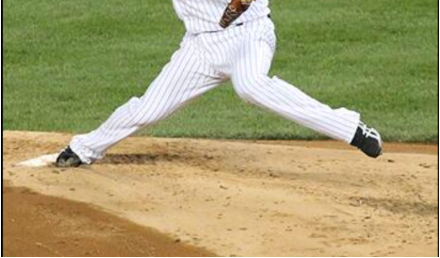
Ok, so that explains the stride length dilemma. What about the direction of the stride?
Have you noticed those guys that stride toward their arm sides and “throw across their body”? That could be good or bad, depending on their anatomy.
However, for years coaches have attempted to manipulate the directional leg landing point by drawing that infernal line down the center of the mound.
Here’s the problem… the lead leg is not the problem. The lead leg is the runny nose and the cough.
The trail leg is the virus.
The direction of the stride is the product of the quality of the ride.
If you shift the weight to the ball of the foot and push with your quads, or if you tuck your pelvis under you spine and push your hips toward the dugout, you'll probably stride
toward the arm side on deck circle.
If you hinge your hips and allow the little glutes to control pelvis, you'll probably stride toward the catcher.
For more on this concept, see my article on Impulse: The Number One Influencer of Velocity.
Because of all the possible negative consequences, attempting to lengthen the stride by leaping off the back leg and reaching with the lead leg seems like a really bad idea.
An overactive lead leg inhibits the little glutes, flattens the pelvis, and encourages a dangerous linear deceleration pattern.
For more on that, see my article Eccentric Biceps: The Devil For Throwing Athlete.
So here’s an idea. Let’s stop talking about the stride leg.
Lift it. Tense it up. And let it land wherever it wants. If you want to change to dynamics of the lead leg start with the back hip and the pelvis.
Now, after the lead foot lands … that's an entirely different animal. Once the foot is on the ground, the lead leg becomes the star of the show.
But, I'll tell you what it shouldn't do. The front knee should not straighten before the lead hip stops bending forward.
Yeah … I wrote about that too. The Anatomy of “Lead Leg Blocking.” It’s Corruptive And Has To Go!
So, the bottom line is …
The stride leg is like fight club
… until it hits the ground.
This seems like a good time to tell you about training opportunities at The ARMory.
If you're ready to try our transformational SAVAGE Training system, there are four main ways to access our services. You can click on each one to learn more.
- SAVAGE Weekend Training Camp
- Extended Stay SAVAGE Summer Training or SAVAGE Winter Training Programs.
- Precision Strike One Day, One-on One Evaluation and Training Session.
- SAVAGE Satellite Remote Training.
Or … you can call our CFO/COO, Amy Marsh at 866-787-4533. She'll customize a plan that works best for you.
If you're a coach looking to learn all the details our our SAVAGE Training System, check out our SAVAGE Pitching Coaches Certification Course.
It's a game changer.
We can't wait to see you here at The ARMory.
Let's Get SAVAGE!
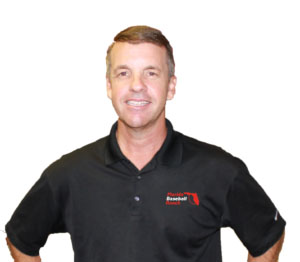
Randy Sullivan, MPT, CSCS CEO, Florida Baseball ARMory

